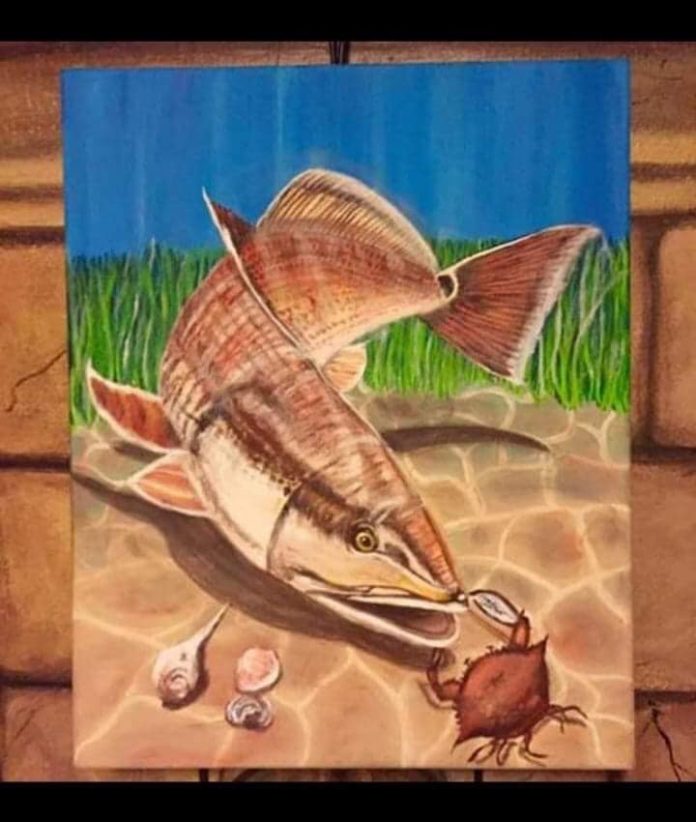By TERRY TOMALIN, Times Outdoors Editor
© St. Petersburg Times
published September 27, 2002
WEEDON ISLAND — Sliding across Papy’s Bayou on a warm September morning, my eyes search the water for telltale signs of snook, red drum and trout.
A mullet jumps, the water boils, and I can see that the predators are still foraging for food as the sun climbs over the horizon.
Like many anglers, I have fished the protected shallows of this state preserve a hundred times over the past decade. I know the passes, grass beds and mangrove-studded shorelines as well as most weekend warriors, but never have I taken the time to look at what treasures lie hidden behind the trees.
“You will be surprised what you will see,” says Dave Sumpter, land management coordinator for Pinellas County’s Environmental Lands Division. “This is Florida as it used to be. There are few places as wild as this so close to a major urban area.”
If you stand on the eastern shore of Ross Island on a clear day, you can look across and see Tampa. But turn around, walk a few steps into the trees, and you might as well be in the middle of the Everglades.
Weedon Island Preserve extends from above the Howard Frankland Bridge to below the Gandy and encompasses more than 3,000 acres of mangroves, pinelands, seagrass and maritime forest that dominate the west shoreline of Tampa Bay.
“These islands are interesting for the fact that everything out here either flew, swam or floated,” Sumpter says. “The raccoons, gopher tortoises, even the rattlesnakes, all had to cross water to get here.”
Today, Sumpter is checking reptile traps on Googe Island, which is also the site of a great blue heron rookery. The biologist had received reports that the rattlers on Googe and nearby Ross are a weird reddish color, not typical of rattlesnakes on the mainland.
“The problem with rattlesnakes is that when you want to find them, they are nowhere to be found,” he says. “But when you are looking for something else, like birds, you stumble across a snake when you don’t want to.”
Sumpter considers himself more of a “bird man” than a “herp,” which is biologist slang for herpetologist, the scientific name for somebody who plays with snakes.
The Weedon Island area has its share of snakes, the most notable being the Florida pine snake and the eastern indigo snake, the largest snake in the United States. Both are protected species and have been documented at Weedon Island in the past year. But I am interested in only one reptile: the Eastern diamondback rattlesnake.
“Think there is one in there?” I ask Sumpter as we examined a recently dug gopher tortoise burrow.
“I don’t know,” he says. “Why don’t you take a look.”
I stick my face down near the entrance to the hole, then ask for the snake stick.
“You better not,” he cautions. “Everything out here is protected, even the rattlesnakes. And besides, I don’t have time for a trip to the emergency room.”
So me move on, looking for birds to add to the list of identified species found in the preserve. Bird populations in Tampa Bay have dramatically declined in the past 50 years, mostly as a result of development.
The local breeding population of one species, the white ibis, has dropped by nearly two-thirds, from an estimated 30,000 pairs to 11,000 pairs. That is why wild areas like Weedon Island are so important to our quality of life.
Pinellas County is conducting wildlife surveys at Weedon’s outer islands to see what exists, considering the area has been completely isolated for the past 30 years.
“We’ve got some really interesting species that are still here that you wouldn’t think of as being in an isolated area like Weedon Island,” Sumpter says.
The birds of interest include osprey, great horned owls, bald eagles and mangrove cuckoos, as well as foraging wading birds such as roseate spoonbills, little blue heron, great blue heron, reddish egret, and tri-colored heron.
“There may also be something called the black-whiskered vireo out here as well,” Sumpter says. “These are exclusive to mangrove forest away from development. We haven’t found one yet, but we are looking.”
Then I spot the trail of a slithering snake in the soft sand. I follow it off into the palmettos, hoping to get a glimpse of the rare, red rattler.
“Go get ’em big guy,” Sumpter says as he tosses me the snake stick.
- Jay Mastry - March 26, 2024
- Captains Corner, Gorta - March 23, 2024
- Dave Zalewski - March 12, 2024











